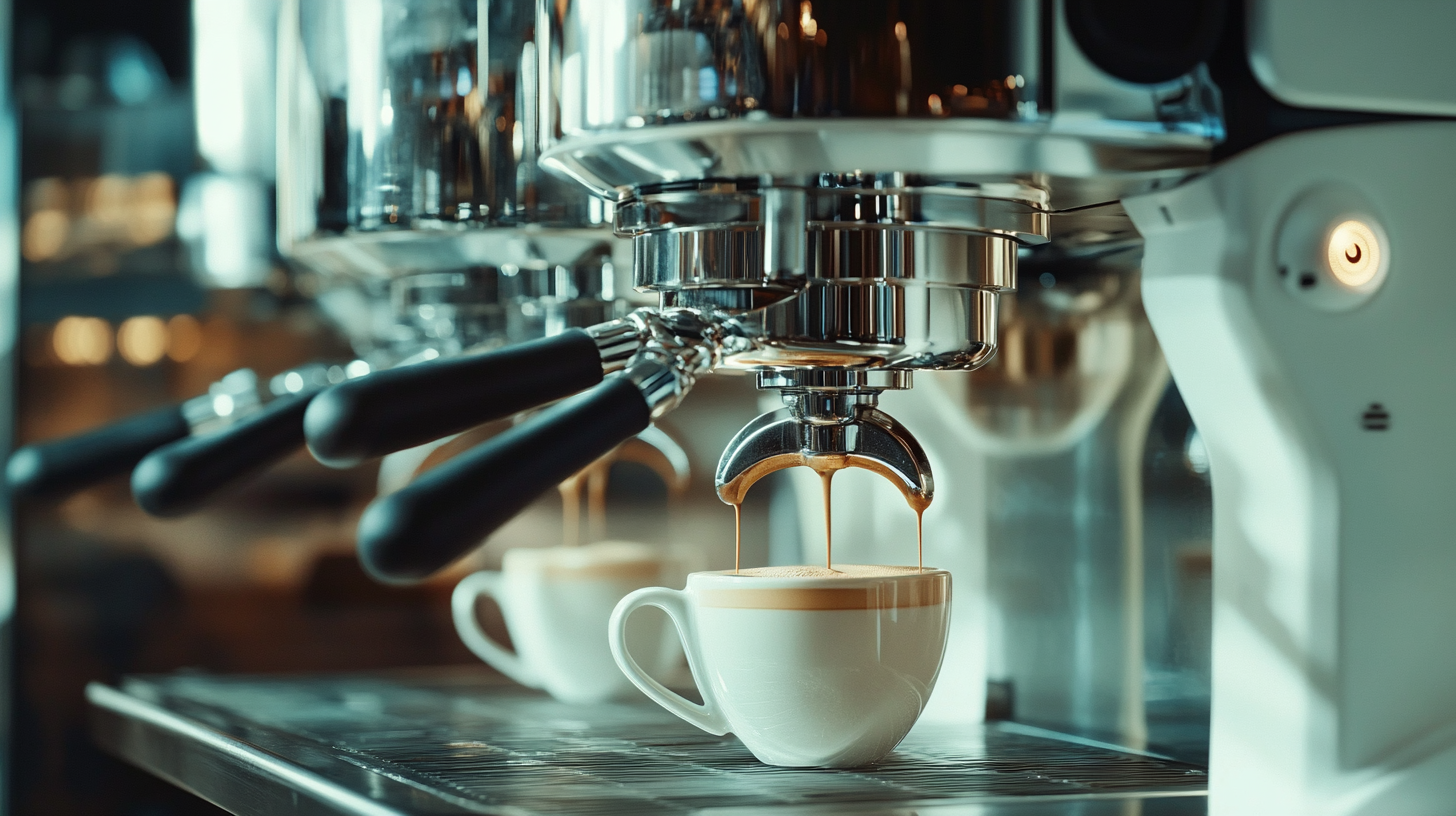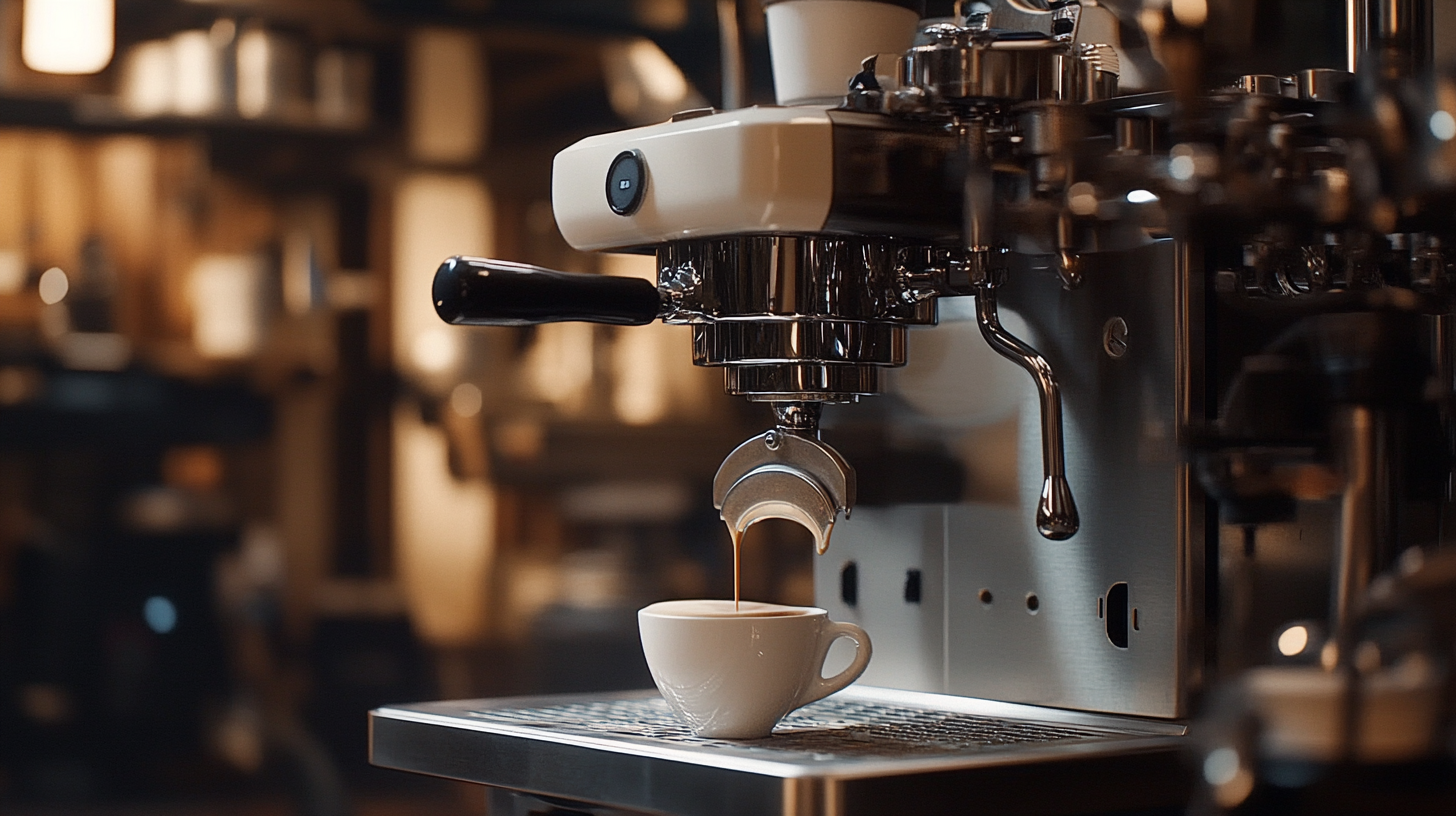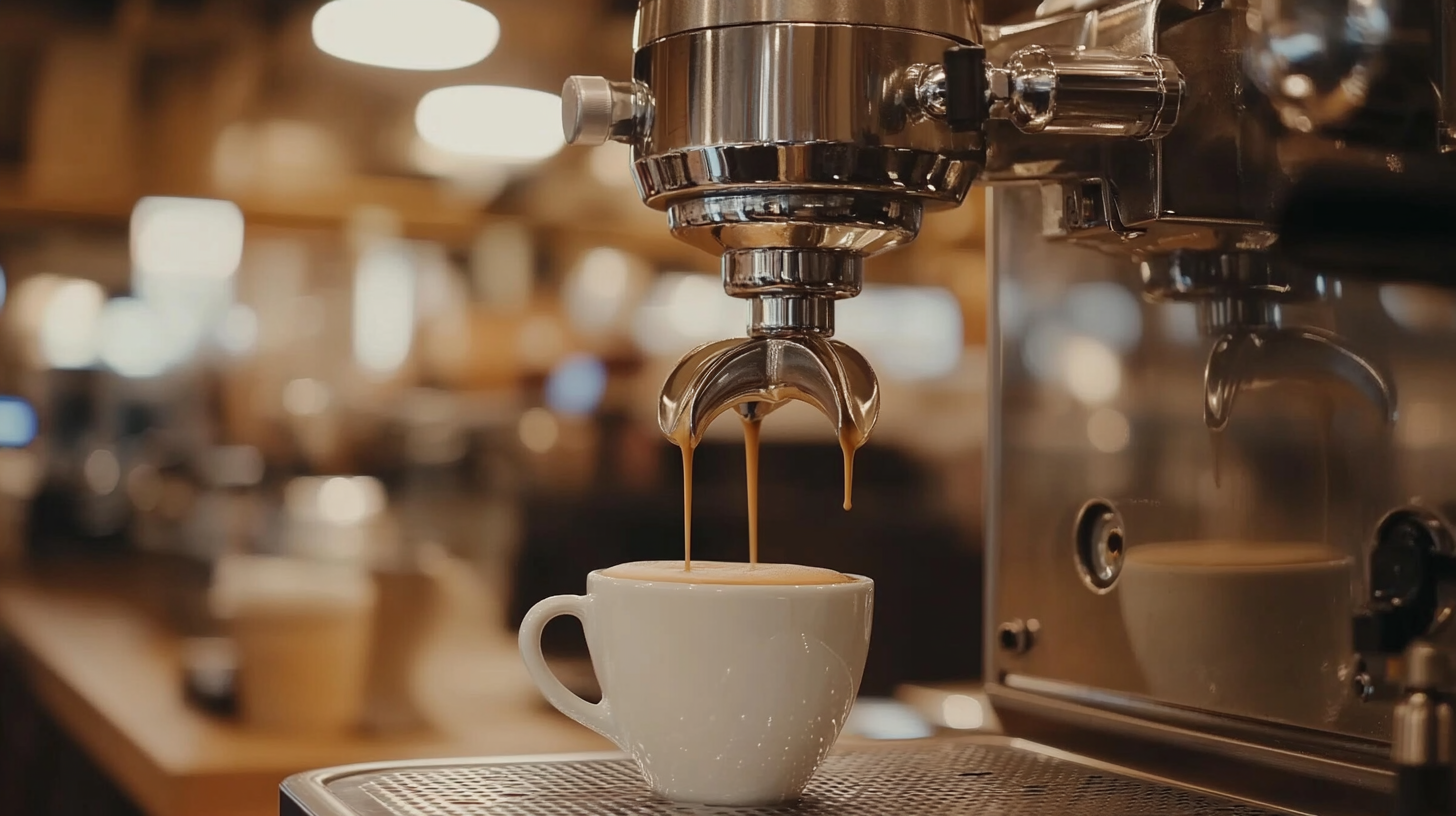Unlocking the Secrets of Perfect Espresso with the Espresso Robot
In the dynamic world of coffee brewing, the quest for the perfect espresso has captivated both enthusiasts and professionals alike. According to the Specialty Coffee Association, approximately 70% of coffee consumers prefer espresso-based drinks, highlighting the growing demand for high-quality espresso experiences. The *Espresso Robot*, a pioneering innovation in the home brewing market, promises to bridge the gap between commercial-grade espresso and convenient home preparation. With its automated technology and precise brewing capabilities, the Espresso Robot enables users to replicate café-quality espresso with ease. Furthermore, a recent report from the International Coffee Organization indicates that the global espresso machine market is projected to reach $3.9 billion by 2025, underlining the importance of tools like the Espresso Robot for aspiring baristas. This blog will delve into the intricate mechanics of the Espresso Robot, unlocking the secrets to achieving the perfect brew right at home.

The Art of Brewing: Understanding the Espresso Making Process
The process of making the perfect espresso is often considered both an art and a science, requiring a deep understanding of various components that contribute to its rich flavor and unique character. According to the Specialty Coffee Association, espresso is typically brewed at a pressure of 9 bars, extracting flavors from finely ground coffee beans in a matter of 25 to 30 seconds. This quick extraction is critical, as it ensures that the coffee retains its aromatic oils and distinctive taste.
One crucial factor in brewing quality espresso is the coffee-to-water ratio, which can significantly influence the final product. Reports indicate that the ideal ratio for espresso is generally between 1:1.5 and 1:2, meaning for every gram of coffee, 1.5 to 2 grams of water should be used. This precision enables baristas to create an espresso shot that is not only rich in flavor but also has a balanced body and acidity. Factors such as grind size, water temperature, and timing also play a pivotal role in developing the perfect espresso, making each step in the brewing process paramount.
Furthermore, advancements in espresso machines, such as the Espresso Robot, have introduced innovative features that enhance brewing consistency and control. As a result, connoisseurs can achieve barista-quality espresso in the comfort of their own homes. By embracing both tradition and technology, espresso enthusiasts can unlock the secrets to perfecting their brewing technique, ultimately elevating their coffee experience to new heights.
Unlocking the Secrets of Perfect Espresso: Ingredient Ratios
This chart illustrates the ideal ingredient ratios for brewing a perfect espresso. Understanding these proportions is key to mastering the espresso-making process.
Choosing the Right Coffee Beans for Your Perfect Espresso
Choosing the right coffee beans is crucial for crafting the perfect espresso. According to the Specialty Coffee Association, over 90% of espresso flavor comes from the quality of the coffee beans used. This makes selecting high-quality beans essential for achieving that rich, aromatic shot of espresso that coffee enthusiasts crave. When discussing espresso beans, Arabica beans are often favored for their complex flavors and low acidity, while Robusta beans, known for their strong, earthy taste and higher caffeine content, can enhance the crema and provide a fuller body.
Furthermore, the freshness of coffee beans plays a significant role in espresso quality. A report from the National Coffee Association indicates that coffee begins to lose its optimal flavor within weeks of roasting. Therefore, sourcing freshly roasted beans from local roasters can significantly enhance the espresso experience. It’s recommended to look for bags with a clear roast date to ensure freshness and maximum flavor potential. Ultimately, the harmonious blend of high-quality beans and careful sourcing practices can transform a simple espresso into a captivating sensory experience.

Mastering Espresso Machine Settings for Optimal Flavor
In the pursuit of mastering espresso, understanding your espresso machine's settings is crucial for achieving optimal flavor. The Espresso Robot, known for its innovative design and user-friendly interface, allows you to fine-tune various parameters to suit your taste. One key setting to experiment with is the water temperature. Ideal brewing temperatures typically range from 195°F to 205°F, and adjusting this can drastically affect the extraction of flavors from your coffee grounds. Higher temperatures can enhance bitterness while lower temperatures may highlight acidity.
Another important factor is the brewing pressure. The Espresso Robot gives you the ability to manipulate pressure, typically set around 9 bars for the perfect shot. By tweaking this setting, you can extract different taste notes and adjust the body and crema quality of your espresso. Additionally, playing around with the grind size and dose will help you strike the right balance in flavor strength, allowing for a bespoke espresso experience that caters to your individual preferences. Embrace the process, and take the time to discover how these machine settings influence your cup of coffee.

Essential Techniques for Tamping and Extraction
Tamping and extraction are crucial techniques in crafting the perfect espresso, as they directly influence the flavor and quality of your brew. Tamping, the process of compressing the coffee grounds into the portafilter, requires precision and consistency. When you tamp evenly, you create a uniform bed of coffee, which allows for optimal water flow during extraction. Focus on applying a steady pressure, ideally around 30 pounds, and ensure that your tamp is level to avoid channeling, where water flows unevenly through the coffee.
Extraction is the next step, where hot water is forced through the tamped coffee grounds to extract flavors and aromas. The timing and temperature of the extraction are vital; a typical espresso shot should be extracted within 25 to 30 seconds for the best results. If the water is too hot or the extraction time is too long, the espresso may taste bitter. Conversely, if the water passes through too quickly, the resulting shot will be sour. Mastering both tamping and extraction allows you to unlock the full potential of the espresso robot, ensuring a rich and satisfying coffee experience with every cup.
Unlocking the Secrets of Perfect Espresso with the Espresso Robot - Essential Techniques for Tamping and Extraction
| Technique | Description | Tips |
|---|---|---|
| Tamping | The process of compressing coffee grounds in the portafilter to create an even surface for water flow. | Use consistent pressure; aim for 30 lbs of force; ensure level tamp. |
| Extraction | The process of water passing through the coffee grounds to produce espresso. | Monitor time (25-30 seconds); adjust grind size for optimal flow. |
| Water Temperature | The ideal temperature for brewing espresso, affecting flavor extraction. | Aim for 90-95°C (194-203°F); check regularly with a thermometer. |
| Grind Size | The coarseness or fineness of coffee grounds, crucial for proper extraction. | Adjust according to your machine; finer grind for shorter extraction time. |
| Freshness | Using fresh coffee beans for optimal flavor and aroma in espresso. | Buy whole beans; grind just before brewing for best results. |
Common Mistakes to Avoid When Brewing Espresso At Home
Brewing the perfect espresso at home can be a rewarding experience, but several common mistakes can lead to disappointing results. One of the most prevalent errors is using the wrong grind size. Espresso requires a fine grind to ensure proper extraction, but many home baristas mistakenly opt for a coarser grind. This can result in a watery shot with underwhelming flavor. A quality burr grinder can help achieve the ideal consistency for espresso, unlocking rich and balanced flavors.
Another critical factor that affects your espresso is the tamping process. Failing to tamp the coffee grounds evenly can lead to uneven extraction, which in turn affects the taste of the espresso. It's essential to apply consistent pressure and ensure that the coffee bed is level before brewing. Additionally, listen to your machine; if you hear a hissing sound, it may indicate that air is being forced through the coffee too quickly, signaling a problem with your tamping technique.
Finally, temperature plays a significant role in brewing the perfect shot. Many home brewers overlook the importance of preheating their espresso machine and cup. Using water that is too cool can lead to under-extraction, while water that is too hot can scorch the coffee. Aim for a brewing temperature between 195°F and 205°F for optimal results. Paying attention to these common pitfalls can elevate your home espresso game and bring you closer to café-quality results.